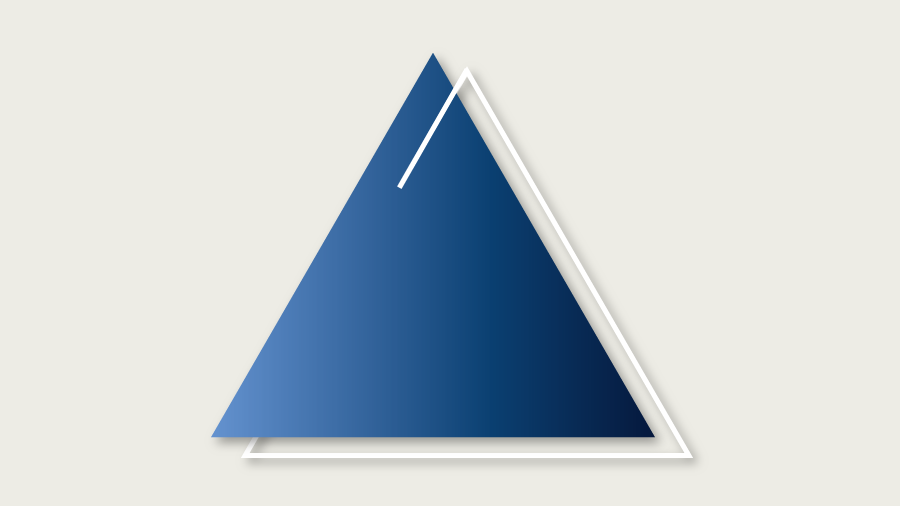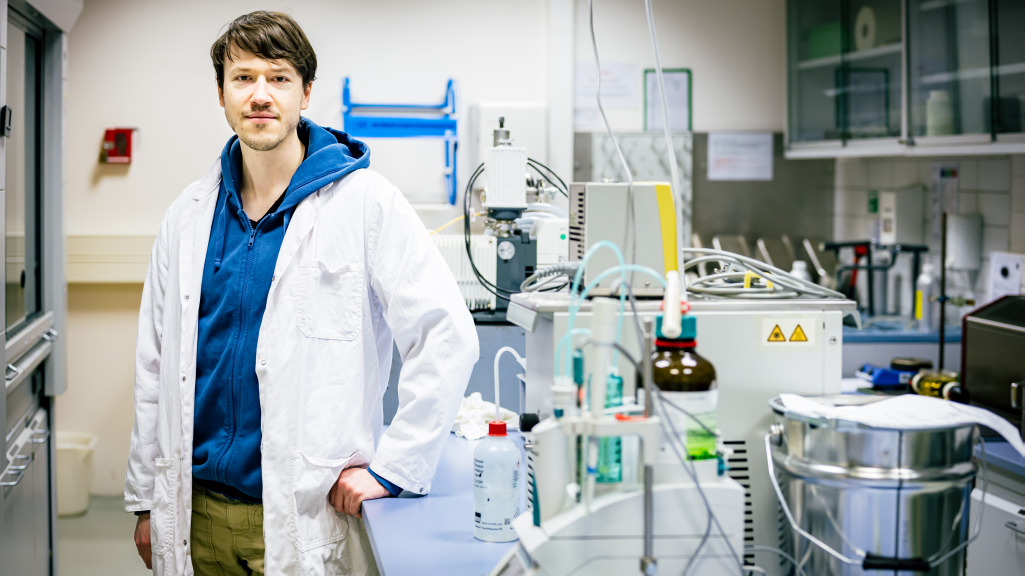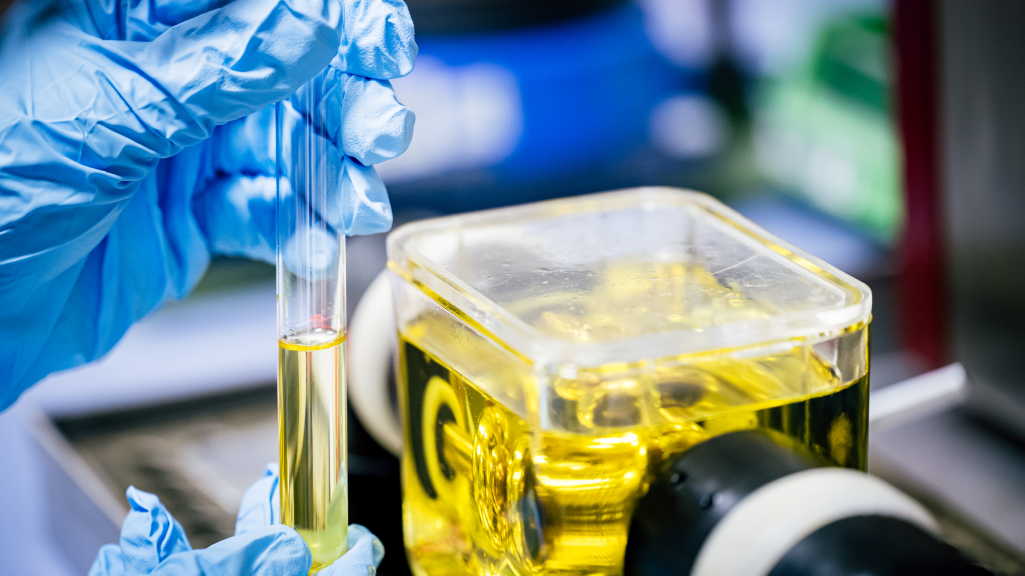-
Impulses
- Impulses overview
-
Transformer manufacturers
- South America's champions of the energy transition
- Traction Transformers – Future on the Rail
- Time of the giants: XXL transformers for more power
- "Reinhausen is ready to deliver!"
- Oversized de-energized tap-changers
- The most powerful transformers in the world for a 1,100 kV HVDC line in China
- "We are in a growth market with the VRDT"
- Digitalization turnaround: GANZ Intelligent Solutions relies on cooperation with MR
- "Transitioning to a solution provider presents a major opportunity for transformer manufacturers – and digitalization can help!"
-
Digitalization
- How AI can lend a hand
- myReinhausen: MR's central digital customer platform
- Why data centers (may) never fail
- Automation? (Cyber-) Secure!
- Globally unique: MESSKO® MTRAB® dehydrating breather communicates via cell phone app
- Remote Solutions: Professional help from a distance
- "Digitalization of the power grids will only work with comprehensive security measures"
- Why are you digitizing your transformers? Three questions for Rúnar Svavar Svavarsson.
- Six challenges, six solutions – Intelligent sensors for safe transformers
-
Energy transition
- The VRDT is the ideal solution to solve voltage problems in our distribution grids
- Making transformers more sustainable
- 940 tons of power regulation
- Sunny prospects: Municipal solar storage devices
- Four reasons why regulated distribution grids are the future
- "The energy transition is taking place in the distribution grids"
- Five theses on the future of power grids
- Storage at all network levels
- Test systems for the energy revolution
- Climate change, energy revolution and the future of power grids?
- A new design for utility poles
-
Wind and solar power
- The North Sea as Europe's green power plant
- Sahara electricity - safe for the island
- Are wind farms the new power plants?
- Direct current at all grid levels
- The MSCDN plant – the new "power plant generator" for stable grids
- Clean power grid with high-frequency filters
- Weatherproof cable testing for offshore wind parks
- VRDTs for Australia's distribution grids
- Lifetime optimization
- Power supply in industry
- Globalization
- Impulses overview
-
Transformer manufacturers
- South America's champions of the energy transition
- Traction Transformers – Future on the Rail
- Time of the giants: XXL transformers for more power
- "Reinhausen is ready to deliver!"
- Oversized de-energized tap-changers
- The most powerful transformers in the world for a 1,100 kV HVDC line in China
- "We are in a growth market with the VRDT"
- Digitalization turnaround: GANZ Intelligent Solutions relies on cooperation with MR
- "Transitioning to a solution provider presents a major opportunity for transformer manufacturers – and digitalization can help!"
-
Digitalization
- How AI can lend a hand
- myReinhausen: MR's central digital customer platform
- Why data centers (may) never fail
- Automation? (Cyber-) Secure!
- Globally unique: MESSKO® MTRAB® dehydrating breather communicates via cell phone app
- Remote Solutions: Professional help from a distance
- "Digitalization of the power grids will only work with comprehensive security measures"
- Why are you digitizing your transformers? Three questions for Rúnar Svavar Svavarsson.
- Six challenges, six solutions – Intelligent sensors for safe transformers
-
Energy transition
- The VRDT is the ideal solution to solve voltage problems in our distribution grids
- Making transformers more sustainable
- 940 tons of power regulation
- Sunny prospects: Municipal solar storage devices
- Four reasons why regulated distribution grids are the future
- "The energy transition is taking place in the distribution grids"
- Five theses on the future of power grids
- Storage at all network levels
- Test systems for the energy revolution
- Climate change, energy revolution and the future of power grids?
- A new design for utility poles
-
Wind and solar power
- The North Sea as Europe's green power plant
- Sahara electricity - safe for the island
- Are wind farms the new power plants?
- Direct current at all grid levels
- The MSCDN plant – the new "power plant generator" for stable grids
- Clean power grid with high-frequency filters
- Weatherproof cable testing for offshore wind parks
- VRDTs for Australia's distribution grids
-
Lifetime optimization
-
Power supply in industry
-
Globalization
Impulses - Portfolio
-
Career
Career
-
Company
Company
FAQ Duval
Frequently asked questions (and their answers) related to the Duval family of DGA interpretation methods
How many Duval methods are there?
When people speak of the "Duval method", they often mean the Duval Triangle 1 as defined in IEEE Std C57.104. However, there are actually three Duval triangles and two Duval pentagons.
What is the technical difference between the Duval methods?
The Duval triangles use the relative percentages of three gasses. You are supposed to use the Triangle 1 first. Depending on the result, you are supposed to do Triangle 4 and 5 next to further classify the sub-type of a fault. This makes sense since the Triangles 4 and 5 use different gasses for classification.
The Duval pentagons use the relative percentages of five gasses. You are supposed to use Pentagon 1 first. If thermal faults are identified, you are supposed to do Pentagon 2 next to further classify the sub-type of a fault. This makes *no* sense since Pentagon 2 uses the same gasses for classification - those two pentagons could have been combined.
What are the advantages of the Duval Triangles (vs Duval Pentagons)?
For the Duval triangles, only a subset of the gasses is needed. Also, the implementation is simpler. When using pen and paper, the three lines of the three gasses have to intersect, this can be used for validation. When using a computer, a simple in-range check can be used.
What are the disadvantages of the Duval Triangles (vs Duval Pentagons)?
With the Triangle 1 alone, stray gassing cannot be distinguished from fault cases. Triangles 4 and 5 are needed for this, taking away from the advantage of simplicity.
What are the requirements for the Duval methods?
- You have to be sure that a fault has occured
- Triangle 1 requires measurements of CH4, C2H4 and C2H2
- Triangle 4 requires measurements of H2, CH4 and C2H6
- Triangle 5 requires measurements of CH4, C2H4 and C2H6
- Pentagon 1 requries measurements of H2, C2H2, C2H4, CH4, C2H6
- Pentagon 2 requries measurements of H2, C2H2, C2H4, CH4, C2H6
- All Duval methods require measurements from transformers, although modified versions for OLTC DGA have been published
- All Duval methods require measurements from mineral oil, although modified versions for natural esters have been published
How can these methods be implemented as an algorithm?
The triangle methods can be implemented using simple in-range-checks using two of the three gas percentages. For the pentagons, the centroid point has to be calculated first using trigonometry, then the jordan curve theorem can be used to identify the fault type.
What happens at the border between two fault regions?
For Triangles 4 and 5, the fault zone boundaries from IEEE Std C57.104 can be used (Table D.3 and D.4). For Triangle 1 and the pentagons, the behavior is undefined. In practice, it doesn't matter.
How can I include measurement uncertainties in a Duval triangle?
For each of the three gasses, the minimum and maximum possible percentage has to be evaluated, based on measurement uncertainty.
Then, the corresponding lines are drawn onto the triangle. This results in a hexagon-like shape. The percentage of the area of the hexagon included inside the fault area of the nominal point gives an indication about the sensitivity of the result.
How can I include measurement uncertainties in a Duval pentagon?
With pen and paper, this might be difficult. On a computer, a simple Monte Carlo approach can be used.
How can I interpret temporal changes using the Duval methods?
The Duval methods cannot be used to track changes in fault severity, because only relative gas percentages are used. However, changes in fault type can be tracked by repeating the method regularly. A good way to visualize the results is to use a color gradient based on measurement age, with older samples fading away.

We are here for you. Wherever you are.
Looking for the right contact partner?
Do you have a concern, but don't know whom you should contact? You will find that information in our contact overview. In the event of any technical disturbances, our 24/7 support is always at your disposal.
Welcome to myReinhausen
myReinhausen is MR's central, digital customer platform. On myReinhausen, customers can access customer-specific MR information as well as numerous free features related to the MR portfolio.
myReinhausenJoin Reinhausen family
Find your ideal job quickly!
Check our vacancies here. Apply today and contribute at the world market leader in energy technology keeping the energy supply stable in the future.







